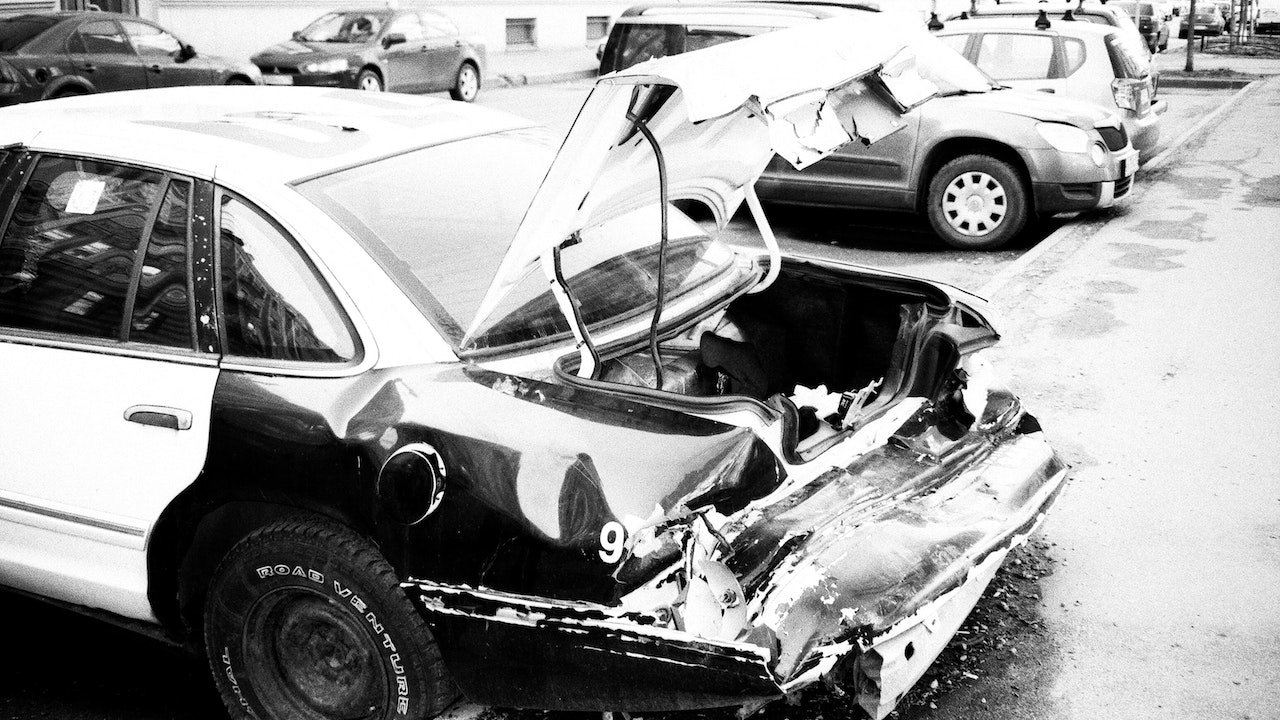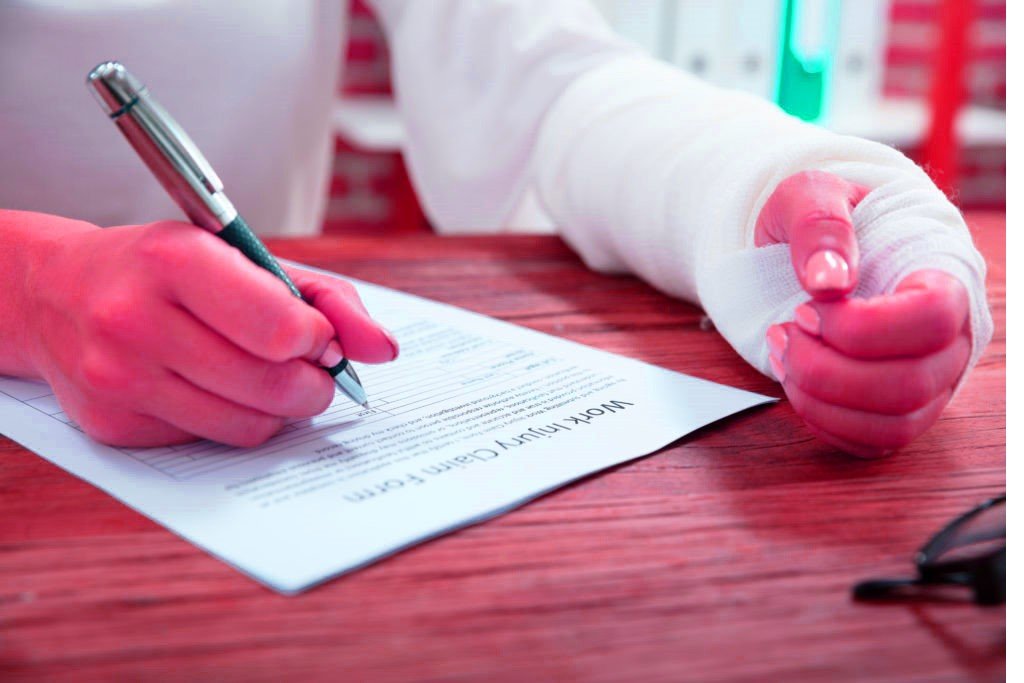How to Handle a Car Accident Claim Without a Lawyer 2023


Car accidents can be upsetting events, so many people think about hiring a lawyer to help them with their claim when it comes to dealing with the fallout. But it is feasible to manage an automobile accident claim without a lawyer, particularly in situations when minor injuries and property damage are involved. We’ll provide you with a step-by-step tutorial in this post on how to successfully manage a car accident claim on your own.
What is a claim for a car accident?
A person who has been injured in an automobile accident may file a car accident claim in order to obtain financial compensation. It entails speaking with insurance companies, compiling proof, determining liability, and haggling over a settlement.
Car accident claims: types
Depending on the details of the collision, car accident claims can differ. Typical claim types include:
Injury-related claims
These entail pursuing financial compensation for harms incurred physically as a result of the collision, such as shattered bones, whiplash, or traumatic brain damage.
Claims for property damage
These entail pursuing reimbursement for the harm the accident caused to your car or other property.
Evaluation of Your Claim
It’s important to evaluate the validity of your vehicle accident claim and obtain the necessary proof before moving further.
Read More: What to Expect During a Car Accident Lawsuit
Compile evidence
Building a solid case requires gathering evidence. The following are some examples of crucial evidence to compile:
- Pictures of the accident site, the damaged vehicles, and the injured
- Contact details and witness statements
- records of accidents and police reports
- medical bills and records
- Estimates and invoices for repairs
Keep records of your damages and injuries.
Keep meticulous records of your injuries, medical care, and associated costs. This supporting material can help prove your case and show how the accident affected your life.
Establish fault
For your claim to be successful, you must know who was responsible for the accident. To prove fault and liability, compile all the relevant evidence, including witness accounts, images, and police reports.
Engaging Insurance Companies in Conversation
Once you’ve evaluated your claim, it’s time to get in touch with the relevant insurance providers.
Announcing the collision
As soon as you can after the accident, notify your insurance provider. Give them exact and thorough details about the occurrence, including the occasion’s time, place, and participants.
Read More: How a Health Lawyer Can Help Healthcare Providers Navigate Legal Issues (2023)
Insurance adjusters: dealing with them
Insurance claim investigators will look into your case and assess the harm. While interacting with them, be cautious but cooperative. Keep to the truth, avoid blaming others, and refer to any proposals or agreements you may have with them.
Deal-making negotiations
Insurance providers could make a settlement offer to end your claim. Review any potential settlements thoroughly, and if necessary, seek the advice of a dependable expert or use online tools to determine whether the offer is reasonable. If necessary, engage in negotiation to make sure you are fairly compensated.
Filing a lawsuit for personal injury
To obtain just compensation, it may occasionally be necessary to file a personal injury lawsuit.
when to think about suing
Consider filing a lawsuit if:
- Your insurance claim is rejected by the insurer.
- The settlement proposals are insufficient.
- The wounds are serious or persistent
- There is a disagreement over who is at fault or liable.
Civil court versus small claims court
You may decide to file a lawsuit in small claims court, which usually deals with matters involving smaller sums of money, for minor claims. The civil court may be the right place for larger claims.
Making Your Case Ready
If you choose to file a lawsuit, careful planning is essential to making a compelling argument.
Gathering the appropriate paperwork
assemble all pertinent paperwork, such as police reports, witness statements, medical records, and correspondence with insurance companies. Put them in a systematic order to make a convincing argument.
Making a compelling argument
You must establish negligence, show the severity of your injuries, and disclose the financial costs incurred in order to make a compelling case. To make sure you include all relevant components, consult legal resources or seek help from experts.
Estimating damage
Determine the full extent of your losses, including missed wages, medical costs, property damage, and pain and suffering. The amount you should ask for in your case will be determined with the help of this formula.
Giving Your Argument
It’s critical to be organized and assured when making your case in court.
Courtroom protocol
Learn the customs and decorum of the courtroom. Respectfully address the judge, dress appropriately, and follow all guidelines.
Speaking with assurance
Present your arguments with clarity and assurance, concentrating on the most important aspects of your case. Before the trial, practice your speech to make sure you can properly convey your message.
Effective evidence presentation
Logic and persuasion should be used to arrange and present your evidence. As a way to improve your presentation and aid the judge and jury in understanding the facts, use visual aids like pictures or diagrams.
How to Resolve Your Claim
Before going to trial, the majority of auto accident cases are settled. What you need to know about resolving your claim is provided here.
Assessing settlement proposals
Analyze any settlement proposals provided by the insurance provider with care. Think on the severity of your injuries, how they would affect your everyday life, and how much it might cost to take the matter further.
Achieving a just compromise
Negotiate a reasonable settlement if you feel that the settlement offer is insufficient. Consult with experts who can offer direction during this process, such as mediators or attorneys.
Completing the agreement
Once a settlement has been reached between you and the insurance provider, make sure all the terms are clearly outlined and signed. Be wary of any release agreements that can prevent you from pursuing further claims relating to the accident.
Conclusion
It is feasible to handle an car accident claim without legal representation, particularly for minor injuries and losses. You may handle the claims procedure with confidence and improve your chances of getting just compensation for your losses by following the steps suggested in this guide.
FAQs
Is a lawyer required to file a car accident claim?
No, you don’t necessarily need to hire a lawyer to file a car accident claim. Particularly in situations involving minor injuries and property damage, you can manage a claim on your own. However, speaking with a lawyer can help you understand your rights and alternatives and offer helpful advice.
How long does it take for a car accident claim to be resolved?
The complexity of the case and the party’s willingness to negotiate are two factors that can affect how long it takes to resolve a car accident claim. While some disputes can be settled right away, others might take months or even years.
What if my claim is rejected by the insurance company?
You might think about speaking with a lawyer to learn more about your alternatives if the insurance company rejects your claim. They can evaluate the truthfulness of your claim and suggest whether or not taking legal action is necessary.
After filing a lawsuit, is I still able to reach a settlement?
Yes, it is possible to reach a settlement after filing a case. In fact, before going to trial, many cases are settled through discussions. Remember that the final decision on whether to settle or go to trial is yours.
Should I save all of the car accident-related paperwork?
Yes, it is crucial to save all accident-related paperwork, such as medical records, cost estimates for repairs, and correspondence with insurance providers. These records will support your claim and act as supporting documentation.




One Comment